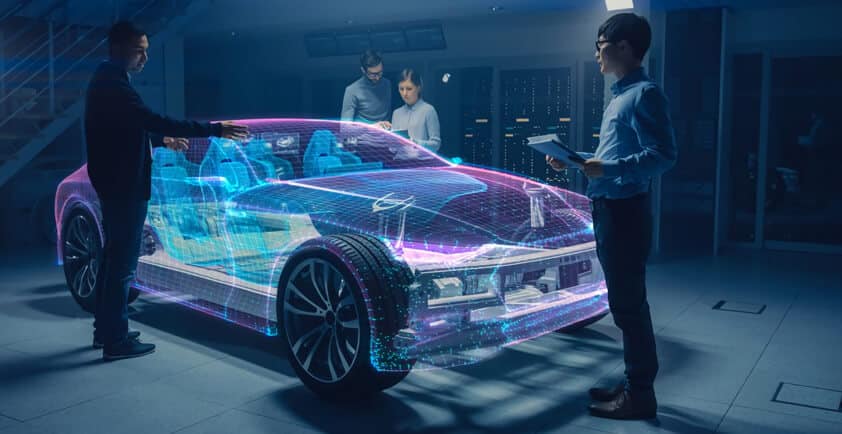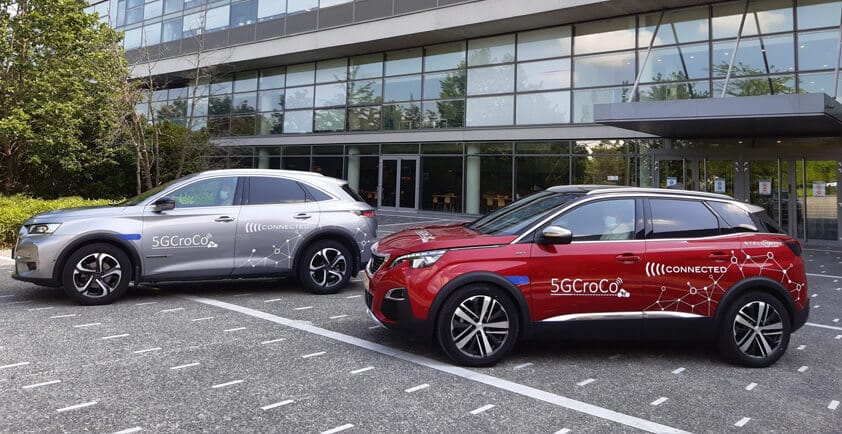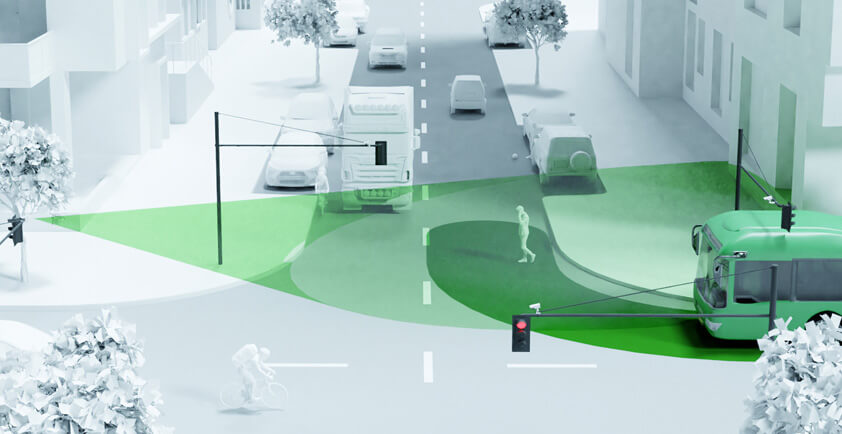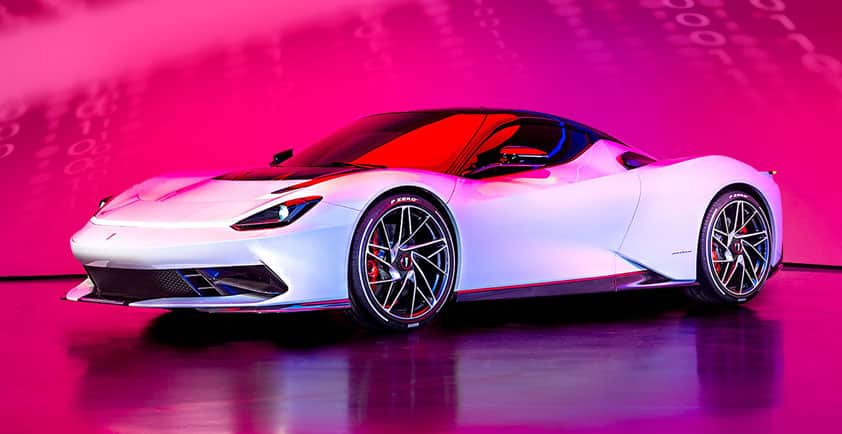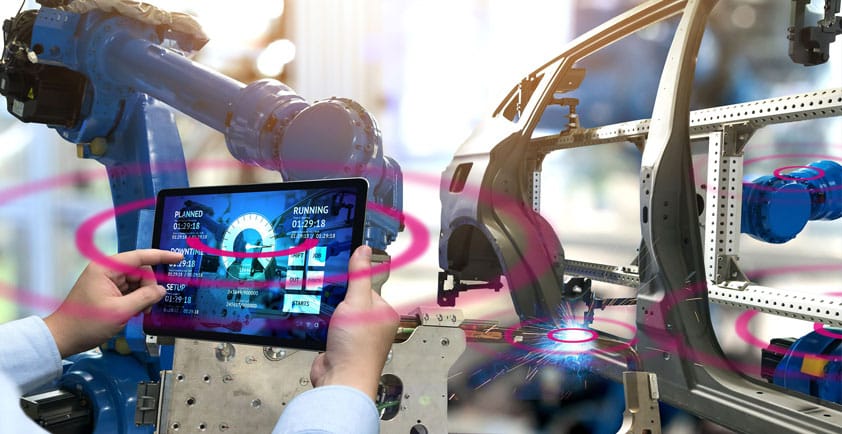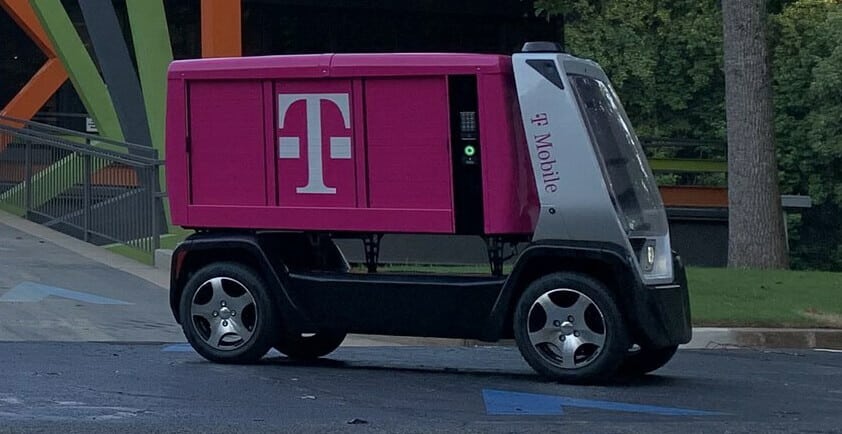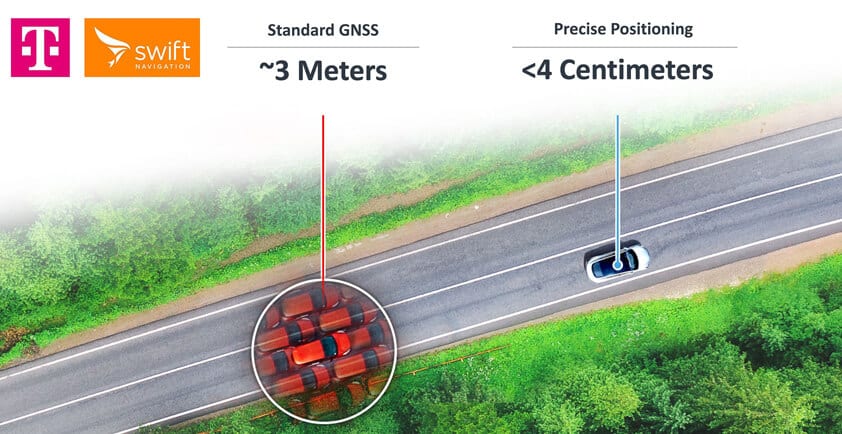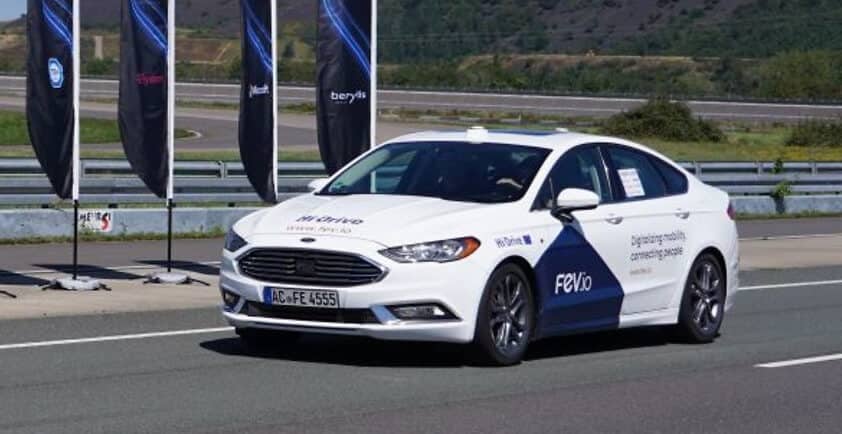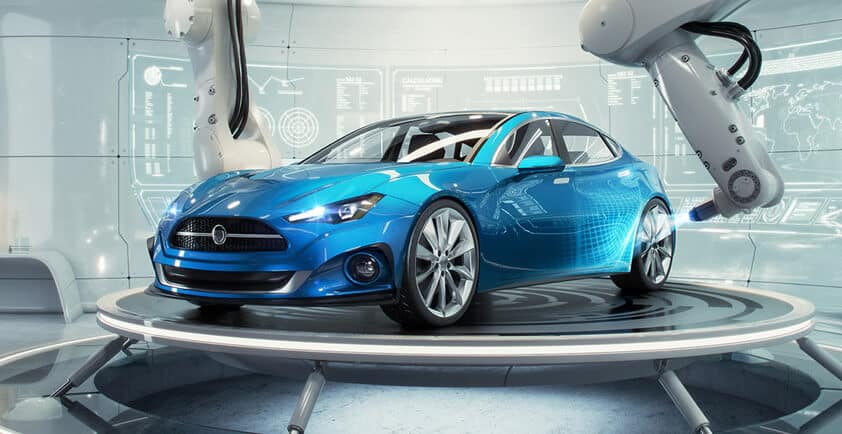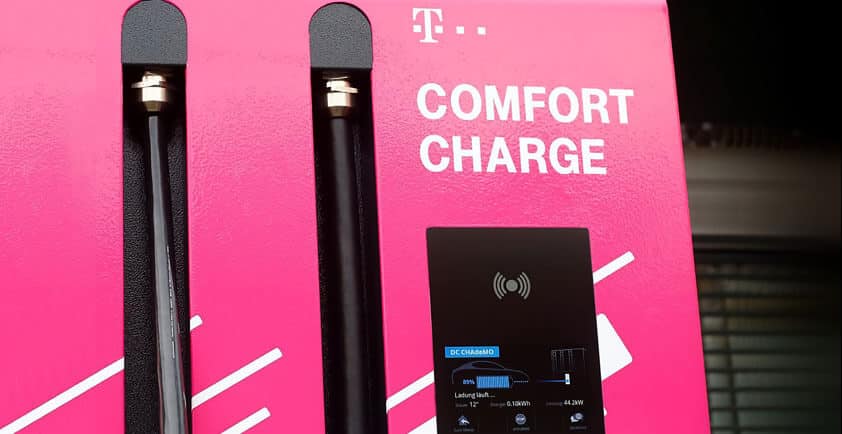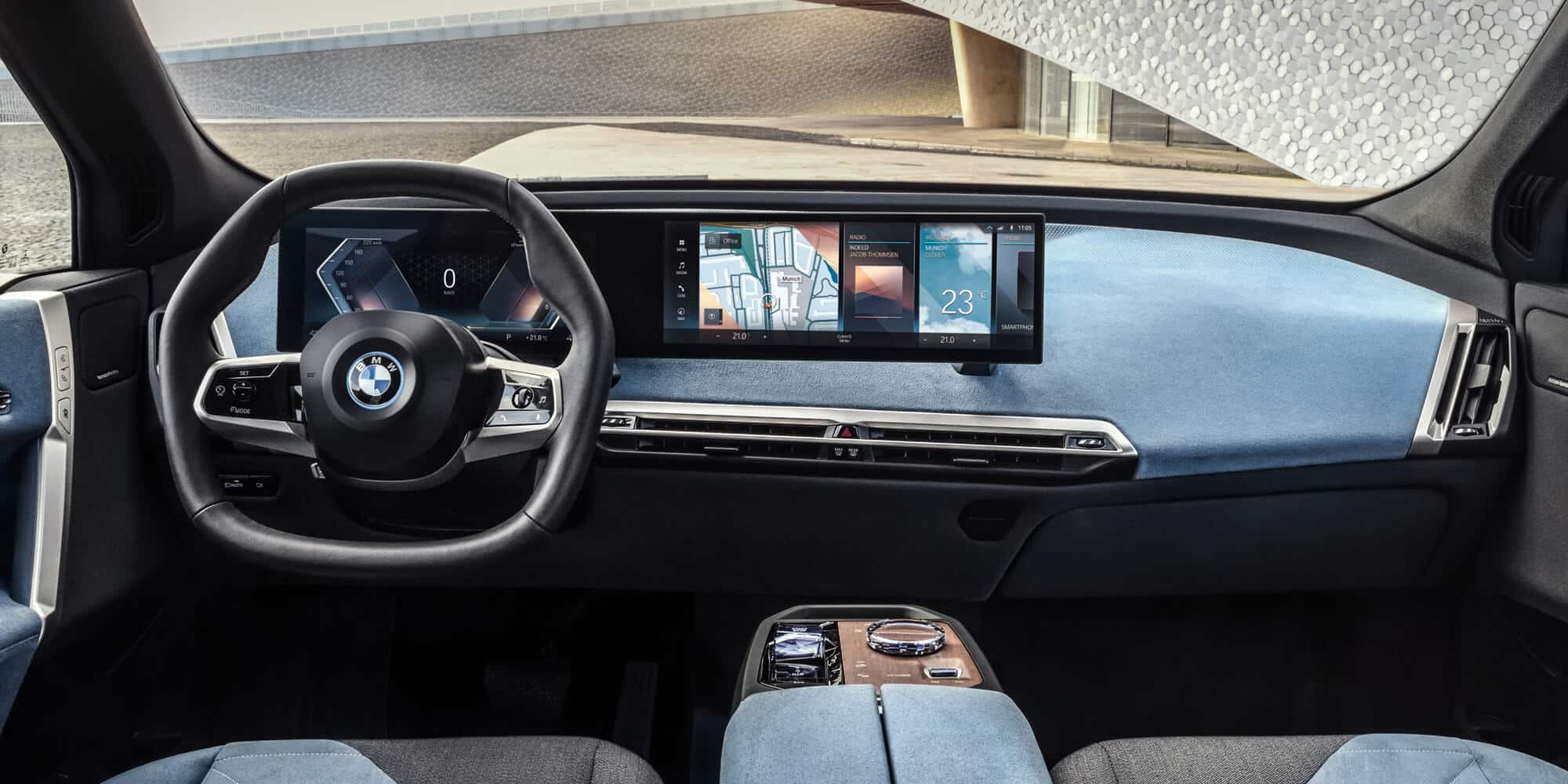
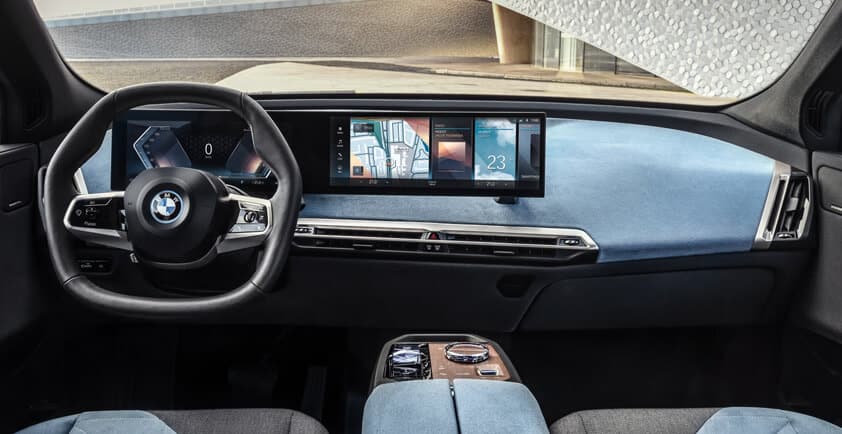
AUTOMATED DRIVING WITH 5G NETWORK SLICING AND QUALITY OF SERVICE
>> World first demonstration of automated driving applications supported by 5G network slicing and controlled network Quality of Service (QoS)
>> Reliable network connectivity with QoS is a prerequisite for many automotive use cases
>> Tests provide evidence on how to offer network slicing and QoS features in future network deployments
Deutsche Telekom, BMW Group, Valeo, Ericsson and Qualcomm Technologies, Inc. today announced the world first demonstration of automated driving application supported by 5G Standalone (SA) network slicing with controlled network features for Quality of Service (QoS).
Reliable network connectivity is a prerequisite for many emerging automotive use cases. In trials, the partners explored how 5G SA network slicing with different QoS features support end-to-end automotive use case scenarios. Network slicing is a key feature of 5G SA. Slices can be tailored to applications and use cases with different QoS requirements in terms of performance, security or latency. Using the User Equipment Route Selection Policy (URSP) feature, the device was able to dynamically select and connect to multiple slices simultaneously. In addition, a Network API, which exposes network capabilities, was used to request a defined QoS-level from the network. This was requested via a Quality on Demand (QoD) network API. The tests showed the capability of all these features combining to meet the QoS demands of mission-critical applications under various network load situations.
Nicolai Martin, SVP BMW Group Driving Experience says: "The BMW Group sees the activities in the telecommunications industry with 5G as a central enabler for many innovative automotive features and also for Automated Valet Parking. It is crucial for such a new solution that several industries work closely together to offer the customer a valuable benefit. The aim is to build a standardized and interoperable AVP ecosystem. The BMW Group welcomes activities in the telecommunications industry especially the CAMARA project. This is an important enabler for future services."
Claudia Nemat, Board member Technology and Innovation, Deutsche Telekom says: "Deutsche Telekom is excited to be part of this activity to demonstrate the capabilities of advanced network features like 5G network slicing with integrated APIs to meet the Quality of Service demands of automotive use cases. The close cross industry collaboration is essential to co-innovate and develop new solutions that bring customer benefits. This is an enabler for future services."
Eric Ekudden, Group CTO, Senior Vice President and Head of Technology & Strategy Ericsson, says: "Ericsson has provided the End-to-End Network for a successful Proof of Concept. We continue to support realization of Use Cases using network slicing and exposure capability to monetize 5G network investment for Communication Service Provider (CSP)"
Enrico Salvatori, SVP & President Qualcomm Europe/MEA, Qualcomm Europe, Inc., says: "We are proud to be part of this project, utilizing Qualcomm Technologies’ long-established expertise in 5G and wireless innovation to help enable advanced features like 5G network slicing for reliable interoperability and improved quality-of-service. We look forward to continue collaborating with partners across the automotive ecosystem to usher in the next generation of autonomous driving applications."
Marc Vrecko, Business Group President, Valeo Comfort & Driving Assistance Systems, says: "Communication between infrastructure and vehicles is a safety-critical element. Automated Valet Parking, developed in cooperation with BMW Group and tested with Deutsche Telekom, relies in part on Valeo software and systems both embedded in the car and installed in the parking infrastructure itself. Testing 5G interfaces jointly with Deutsche Telekom convinced us of the performance of cellular networks. To make mobility safer and smarter, Valeo has integrated advanced driver assistance systems (ADAS) into one of the main focuses of its innovations."

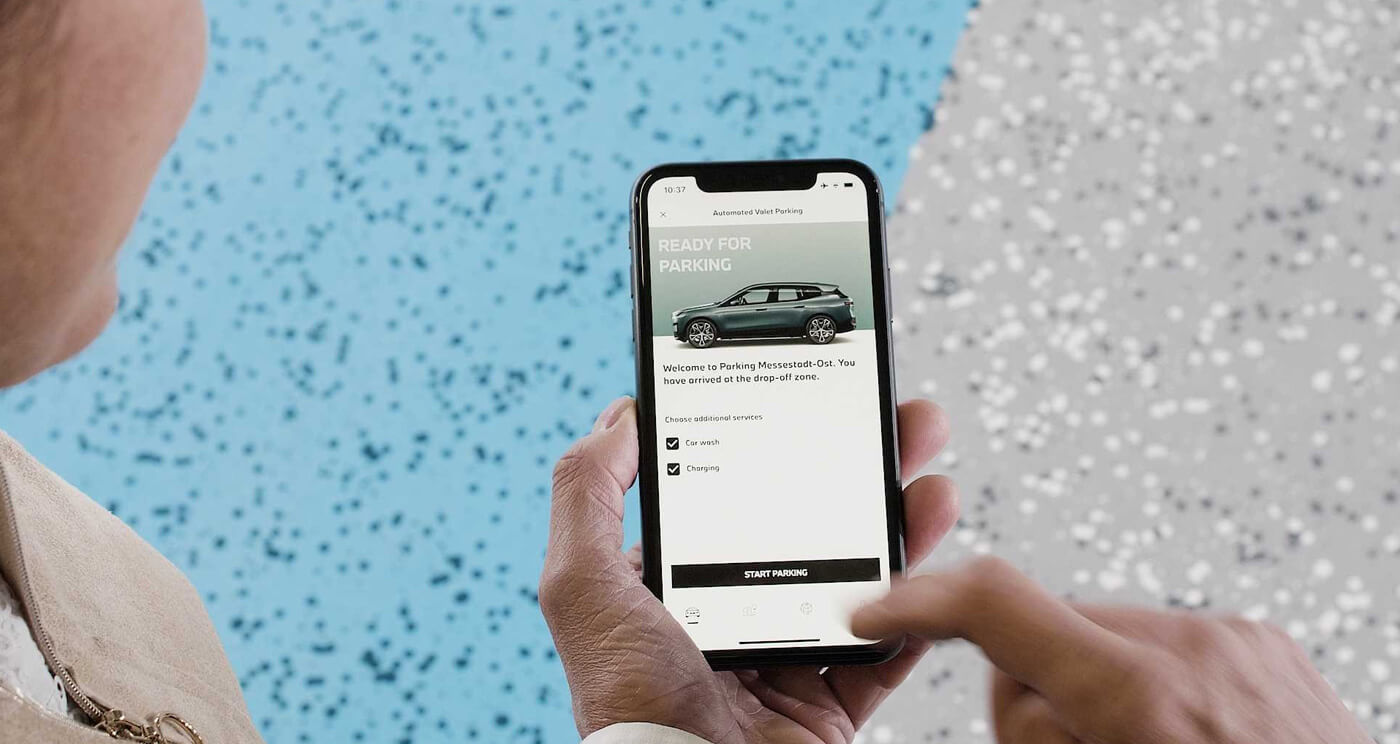
Network slicing and network APIs
In February 2022 Deutsche Telekom in cooperation with the BMW Group and Valeo announced first tests for Quality of Service using the Quality on Demand feature as a network API. The Application Programming Interface (API) were successfully tested for the Automated Valet Parking (AVP) use case and the results were presented at Mobile World Congress (MWC) 2022 (Automated Valet Parking with 5G). At the same time the CAMARA initiative (www.camaraproject.org) was announced by GSMA. The CAMARA initiative consist of network operators, technology vendors, cloud providers, OS vendors and application developers. It aims to standardize network APIs globally. Quality on Demand was the first network API standardized in the CAMARA initiative.
Proof of Concept with partners
An increasing number of automotive use cases require reliable mobile network connectivity. Use case examples are safety related features, remote control functions, such as remote door opening/closing, and assisted and automated driving features. The partners set out to test and explore whether and how to offer QoS features in future network deployments. The tests were performed at Deutsche Telekom testing facilities in Berlin Winterfeldtstraße. The test environment, which is based on newest Ericsson 5G SA technologies, includes e.g., QoS support based on network slicing features as well as network APIs. In this trial, BMW Group and Valeo contributed with mission critical use cases for automated driving using "Snapdragon® Auto 5G Modem-RF" from Qualcomm Technologies, Inc. with network slicing features to support interoperability testing. Deutsche Telekom, BMW Group, Valeo and Ericsson collaborated to design the trial setup and test cases.
The features tested
The tests performed demonstrated the high value of QoS features with respect to achievable bandwidth, stability and latency. The partners showed how 5G SA network slicing supported an end-to-end automotive use case scenario with application grade connectivity enabled by three key QoS features in the operator network:
Network API – A mission-critical application makes an ad hoc request for an improved network performance via the Quality on Demand (QoD) API feature in an enhanced mobile broadband (eMBB) slice. The trial clearly shows how the application can request and receive the network performance via the API to meet its QoS requirements even in congested network situations.
Network Slicing – in the tested scenario mission-critical data was transmitted via a high-quality slice, while non-mission-critical data was transmitted via an eMBB slice. The trial’s measurement results showed that for congested conditions, where many users are sharing the limited resources of the mobile network, the automated driving function was consistently served with the necessary bandwidth resources.
UE Route Selection Policy – in a mission-critical scenario, the URSP feature was used to enable network slice selection on the device side according to network slice availability on network side. The results clearly demonstrate that application traffic from different applications can be handled by multiple slices in parallel. For example, a mission-critical application traffic is transmitted via the high-quality slice, while non-mission-critical application uses the eMBB slice.
